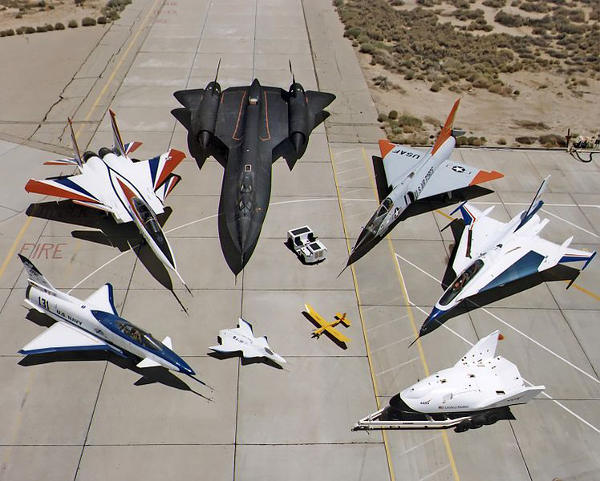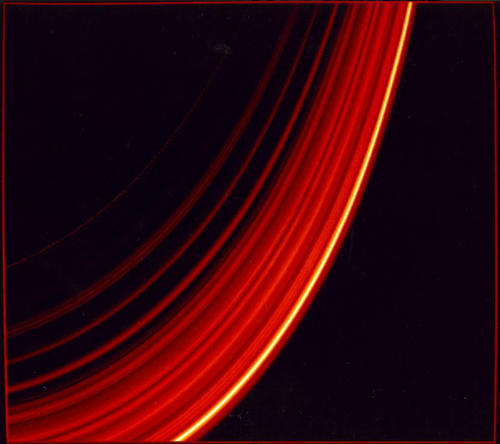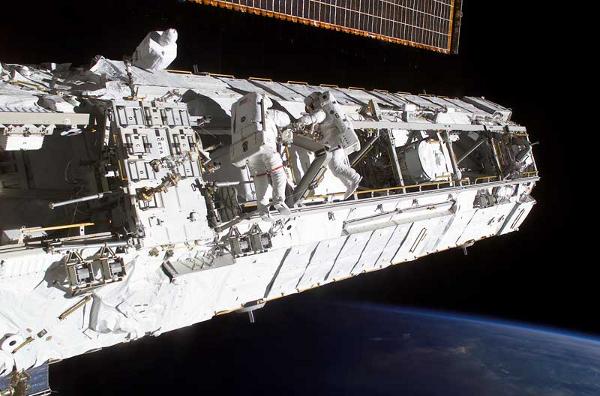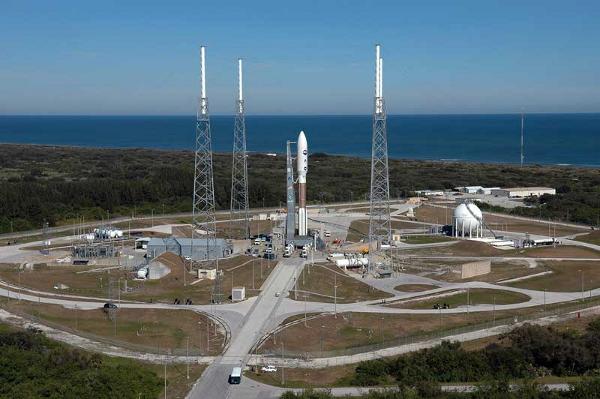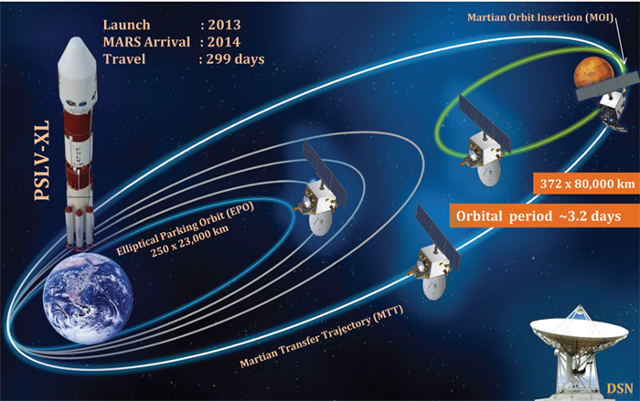
The Indian Space Research Organization (ISRO) has become one of the select few space research bodies to have successfully put its Mars Orbiter Mission (M.O.M.) into orbit of the red planet.
- This mission, dubbed Mangalyaan (“Mars Craft” in Sanskrit) puts India in the same league as the United States, Europe and Russia as having put a probe into the orbit of Mars.
- At a cost of just $74 million, the Mangalyann mission cost about 11% of NASA’s Maven mission, which came in at $670 million. It even cost less than the Hollywood movie Gravity ($100 million).
- Covering a distance of approximately 780 million kilometers, this journey to from Earth to Mars cost India about $0.094 per kilometer – cheaper than cabs in most places on Earth.
- The ongoing success rate for missions to Mars runs around 40%, with ISRO now being 1 for 1.
- The 1,350 kilogram payload of the Mars orbiter was launched from Earth by ISRO’s the Polar Satellite Launch Vehicle (PSLV).
- The Mars Orbiter Mission will focus its research on the following:
